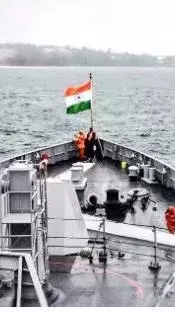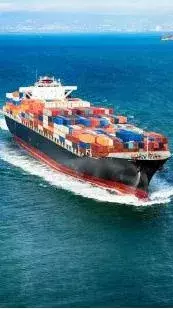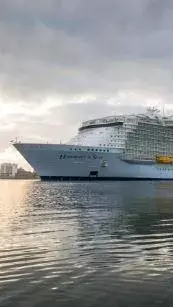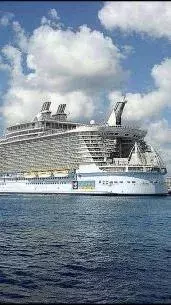
Top Ten Busiest Sea Routs From India

1. India to the Middle East (Dubai, Jebel Ali, Abu Dhabi, etc.)
This route is heavily trafficked due to the significant trade relations between India and the Gulf countries, including petroleum products, electronics, and textiles.

2. India to Southeast Asia (Singapore, Malaysia, Indonesia, etc.)
Singapore, in particular, serves as a major transshipment hub, with significant trade in electronics, machinery, and chemicals.

3. India to China (Shanghai, Ningbo, Shenzhen, etc.)
A crucial route for the exchange of raw materials, finished goods, electronics, and machinery between the two major Asian economies.
4. India to Europe (Rotterdam, Hamburg, Antwerp, etc.)
Essential for exporting textiles, machinery, chemicals, and importing machinery, electronics, and pharmaceuticals.
5. India to the United States (New York, Los Angeles, Houston, etc.)
Key for the export of textiles, pharmaceuticals, and software services, and the import of machinery, electronics, and agricultural products.
6. India to East Africa (Kenya, Tanzania, Mozambique, etc.)
Important for the export of textiles, pharmaceuticals, and machinery, and the import of raw materials and agricultural products.
7. India to West Africa (Nigeria, Ghana, Ivory Coast, etc.)
Significant for the export of machinery, chemicals, textiles, and the import of petroleum products, raw materials, and cocoa.
8. India to Australia (Sydney, Melbourne, Brisbane, etc.)
Vital for the export of machinery, chemicals, textiles, and the import of coal, minerals, and agricultural products.
9. India to Japan (Tokyo, Yokohama, Kobe, etc.)
Important for the exchange of machinery, chemicals, textiles, and electronics.
10. India to the Mediterranean (Turkey, Egypt, Israel, etc.)
Crucial for the trade of textiles, chemicals, machinery, and agricultural products, facilitating access to both European and African markets.